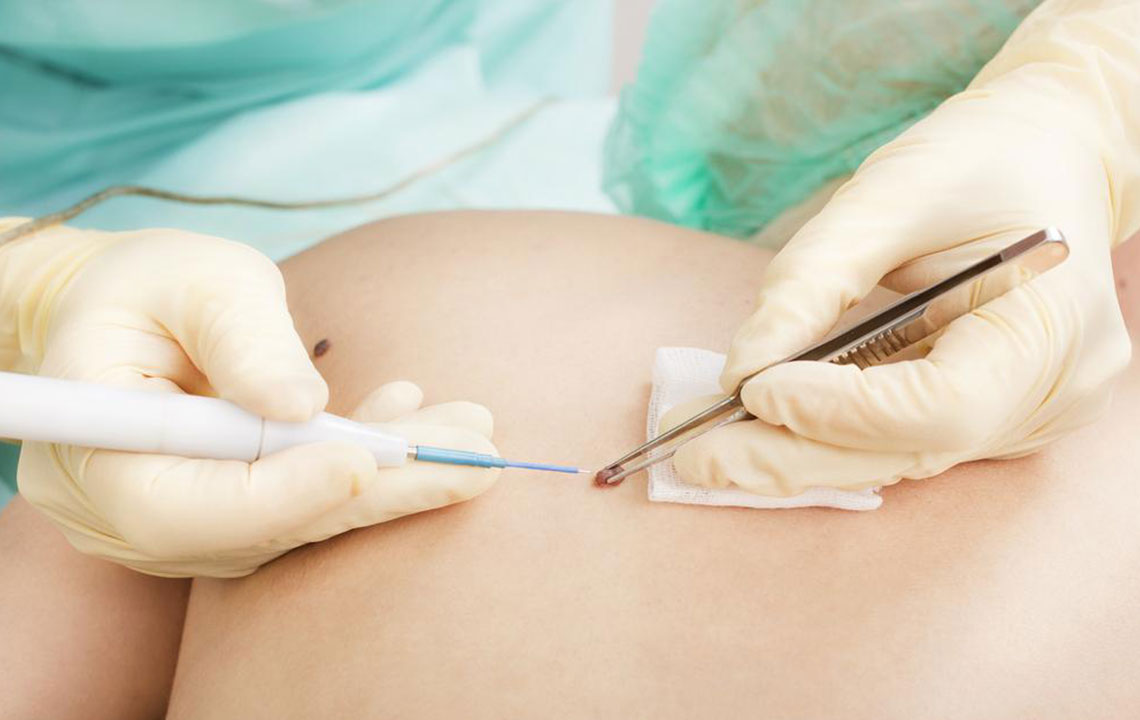A few common causes and symptoms of melanoma
Skin cancer is not always considered a serious form of cancer, as it is treatable in most cases. However, when it comes to melanoma, a type of skin cancer, the situation is different. Melanoma is the most serious type of skin cancer in which the melanocytes, the cells responsible for producing pigments, become cancerous and mutate. Read here a few facts about melanoma symptoms and the factors that can trigger them.
Causes of melanoma
Melanocytes are cells that produce pigments that give color to our skin. If these cells undergo mutation, they grow uncontrollably leading to the formation of cancerous cells.

- Over exposure to the sun : People with high exposure to the sun and those who have a history of sunburn are at a higher risk of developing melanoma symptoms.
- Fair complexion : People who are fairer have a reduced content of melatonin, which means they have reduced protection from the UV rays of the sun.
Melanoma symptoms
You will not exhibit or experience any melanoma symptoms in the initial stages of this disease, which makes it difficult to diagnose. If you observe any sudden changes in your skin, get it checked and tested to be on the safe side. Read here the symptoms that occur in the later stages of this disease.
- A wound that does not heal
- Unusual appearance around moles
- Redness or swelling around birthmarks or moles
- Bleeding/oozing from the moles
- Itchiness/tenderness/change in sensation
- Flat red spots on the skin
Make sure you get a medical consultation for proper diagnosis and treatment of the condition if you have any of the above symptoms.

